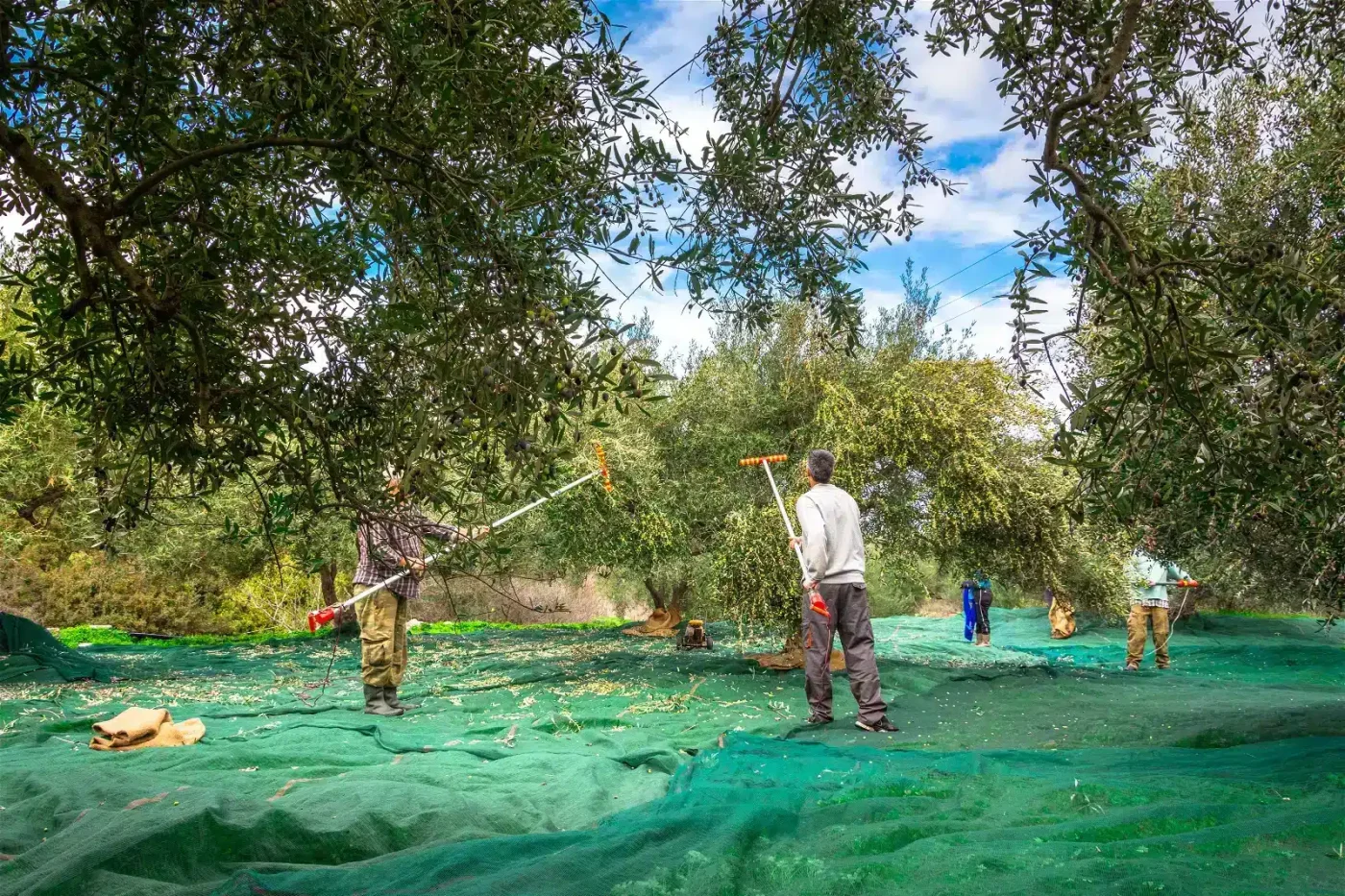
During the olive harvest and the pressing of olive oil, sensitivity is essential. The details determine the quality – which is also becoming increasingly important in Germany.
Olive oil has been considered one of the most versatile and popular foods in Europe for thousands of years. It has been an essential ingredient, particularly in Mediterranean cuisine, for around 6,000 years, and it is now difficult to imagine cooking without it in German homes.
Although olive oil consumption in Germany is rather low, at just under one liter per capita per year, compared to Mediterranean countries such as Spain with 11.4 liters, Greece with 10.3 liters, and Italy with 7.1 liters, German interest in high-quality olive oil is growing. Oil constantly.
Spain, in particular, exports a significant proportion of its olive oil to Germany. German olive oil consumption has tripled this century, reaching a peak of 80,000 tons in 2022. Spain, in particular, has benefited from this growth and now exports a significant portion of its olive oil to Germany.
What many people don’t know: olive oil production is a complex process in which many factors determine the quality of the final product. These factors begin well before the olive harvest, between October and February.
Throughout its growth cycle, the olive tree requires careful care, including pruning and tillage. These are precisely the fascinating facts that the “Olive Oil World Tour” campaign, launched by Aceites de Oliva de España and co-funded by the European Union, aims to highlight.
In Europe, there are many different types of olives, which guarantees a wide variety of olive oils with different aromas and flavors. Harvesting is carried out either by traditional methods such as shaking the trees, or by mechanized processes, which can vary depending on the location and the olive variety.
Once the olives are ripe, things have to move quickly. After harvesting, they go directly to the oil mill to preserve their freshness. There, they are cleaned, crushed, and transformed into a paste in a centrifuge. The components of the olive pulp are separated from each other by centrifugation.
The resulting oil is virgin olive oil. It contains microscopic residues of plant substances and water and is already sold as such. However, various filtering systems make it clearer and more durable.
A rigorous analysis of the oil is then carried out before experts determine its commercial quality. If the olive oil is classified by them as extra virgin or virgin, it can be bottled.
Important Note: aceitedelcampo.com promotes the consumption of extra virgin olive oil for its culinary qualities and health benefits. However, no medication or current treatment should be replaced without the guidance of a healthcare professional.
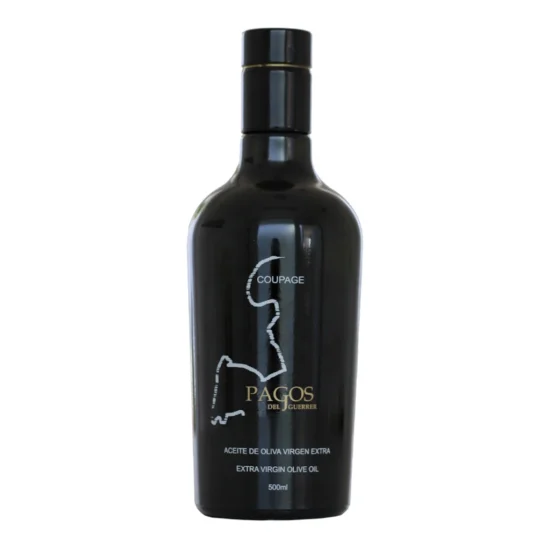
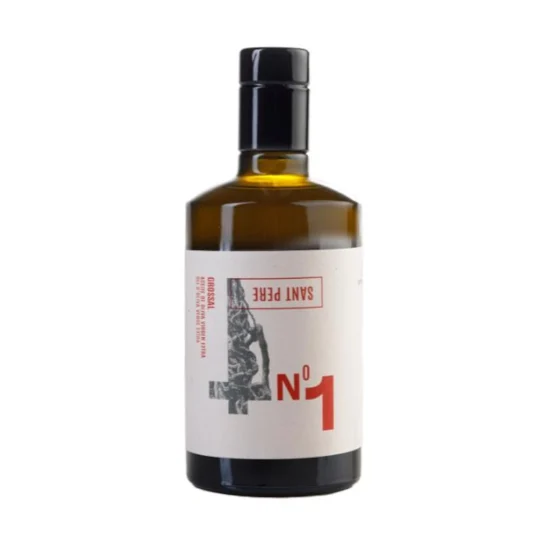
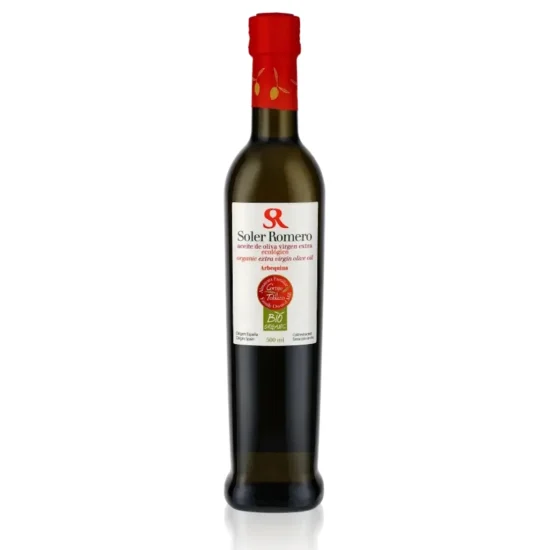
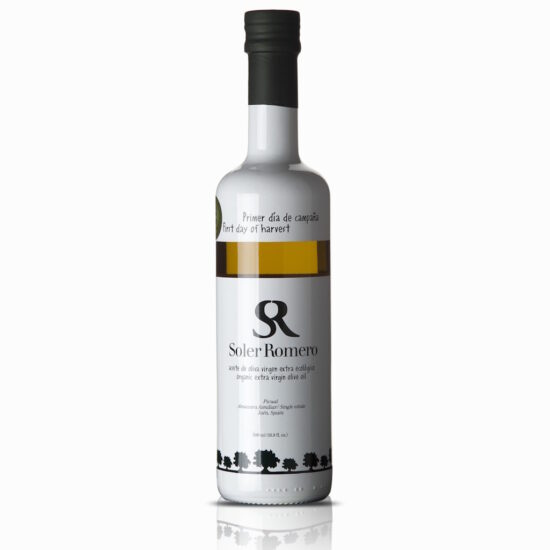
ALZAYT EXPORT SL
info@aceitedelcampo.com
C/ Eduardo Bosca 19, 2-5
46023 Valencia
Subscribe and receive a coupon by email for your next purchase.